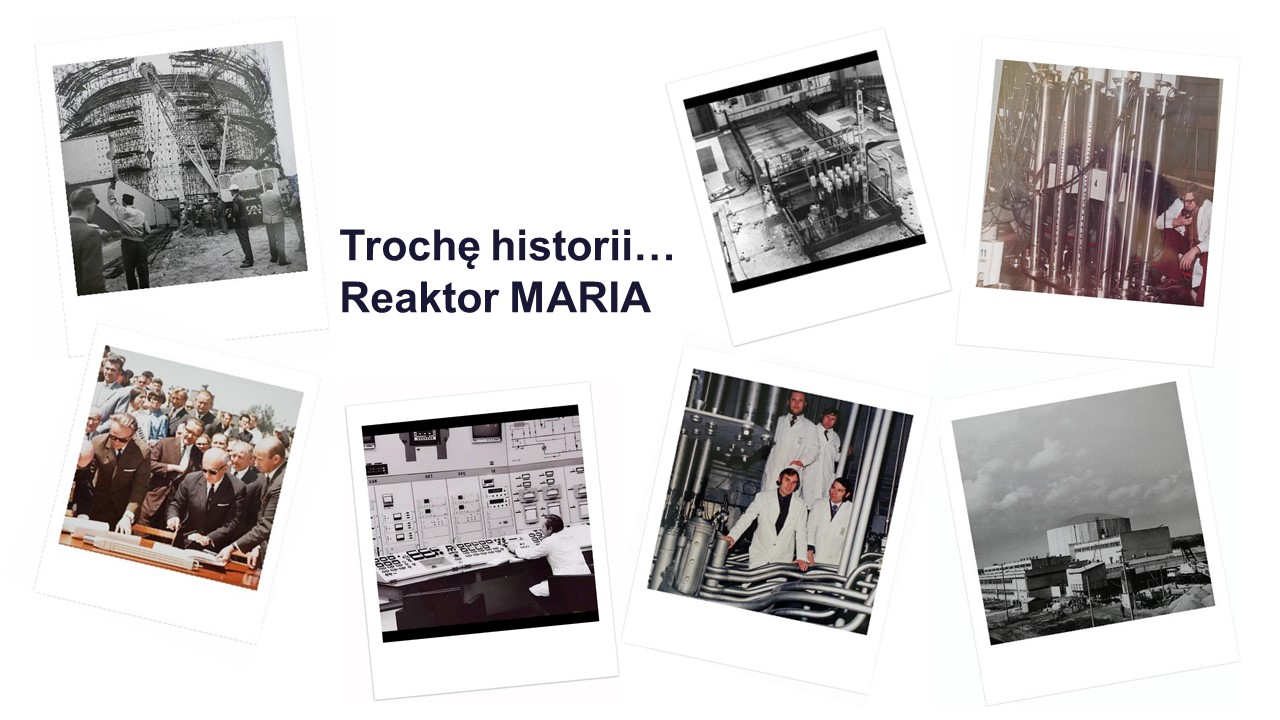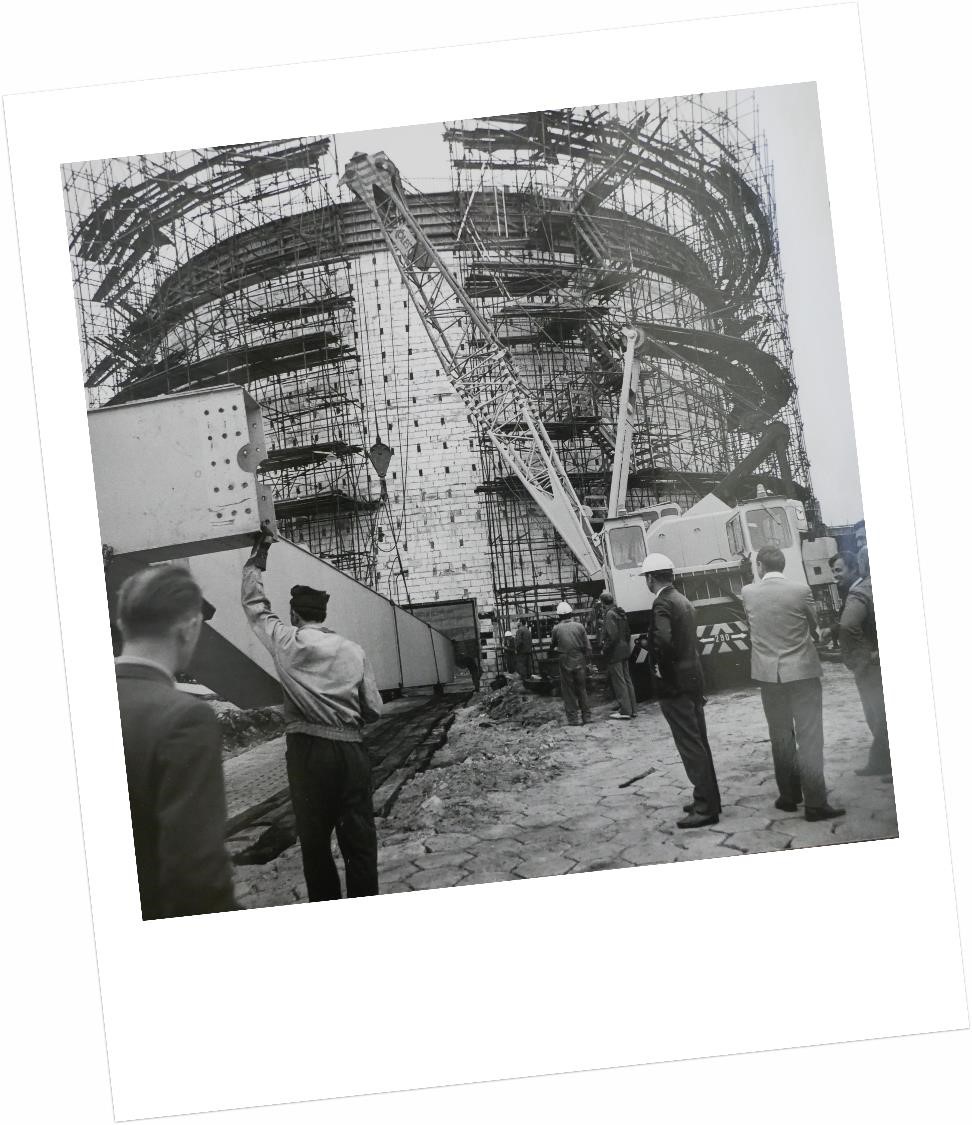Preparations for the construction of the MARIA reactor - 1964
In 1964, a programme was developed for the use of the second Polish research reactor, according to which the reactor was to be used for:
- conducting physical research on neutron beams;
- conducting radiochemical research;
- conducting materials research in probes and loops;
- irradiation of target materials for isotope production;
- use of gamma radiation from spent fuel elements for radiochemical research;
- conducting exposures for short-lived isotope spectrometry;
- research in reactor engineering and nuclear energy.







